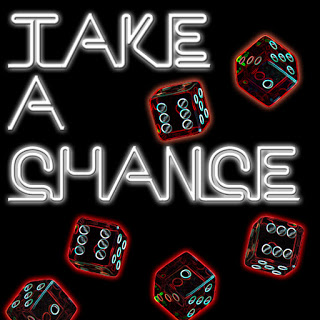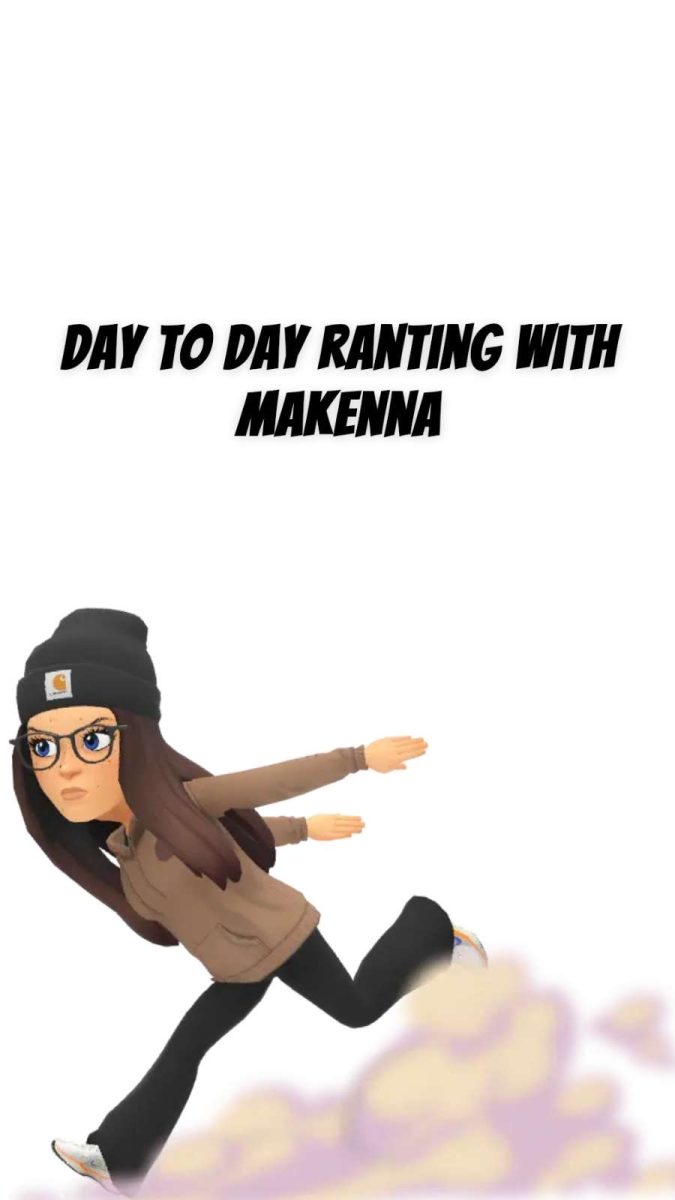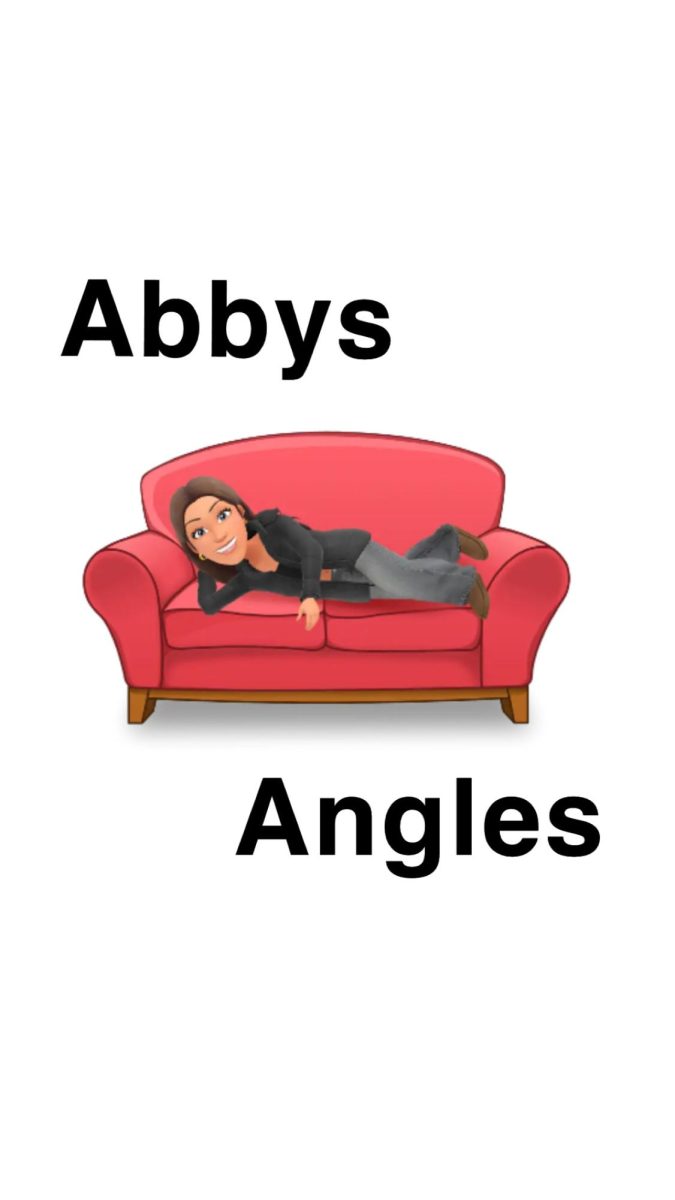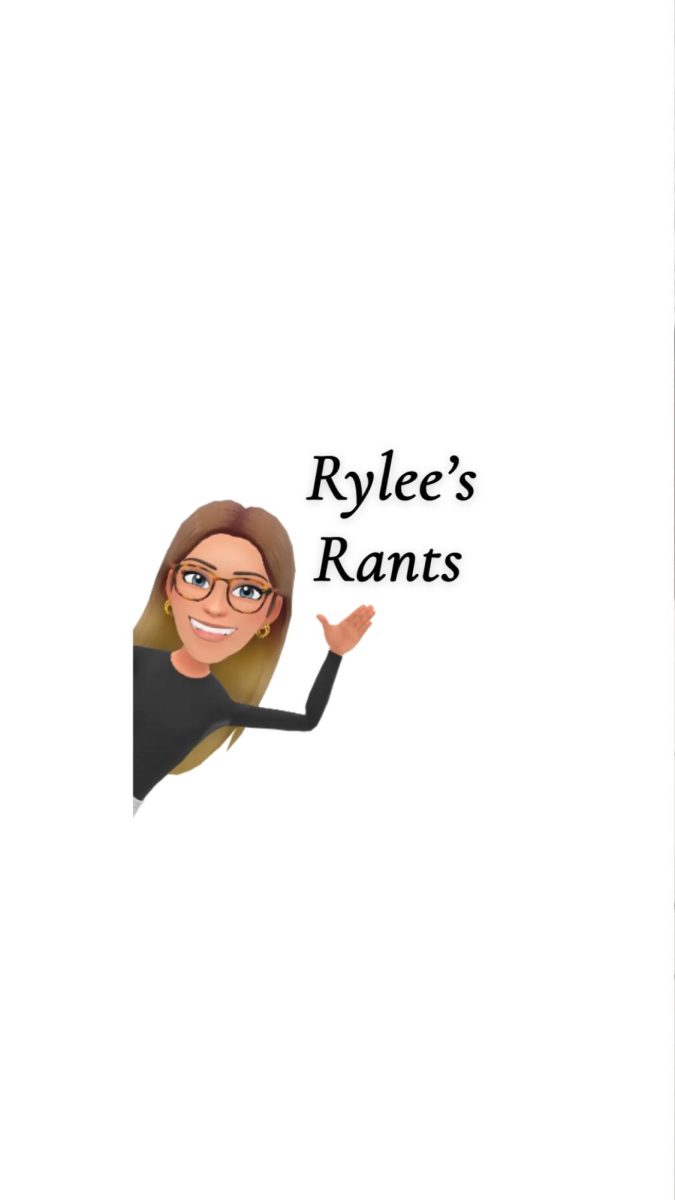by Chance Palm
In the early 1990s, doctors recognized a problem plaguing Americans: Pain. A desire to treat it and some misleading, clever marketing by big pharmaceutical companies caused approximately 28,000 people to die in 2014, and those pharmaceutical companies made lots of money as people got addicted to what is essentially legal heroin, according to The National Institute on Drug Abuse. This was not only the fault of big pharmaceutical companies and over-prescribing doctors, though. The federal government helped out with the movement of treating pain with highly addictive substances by making the “Pain as the 5th Vital Sign” campaign.
After 20 years, people started catching on, and around 2010, a huge crackdown on legal opioids used to treat pain began. The opioid epidemic stabilized, and when some opioid addicts could not get their regular drugs, they turned to more harmful illegal opioids, like heroin, according to The National Institute on Drug Abuse. As a result, heroin overdoses skyrocketed, with about 7,000 more heroin deaths per year than before the opioids crackdown in 2010.
Not everyone gets addicted after taking opioids like morphine, oxycodone and hydrocodone.
A specific vulnerable group of people, primarily low-income whites primarily in states like Ohio and New Hampshire, were hit the hardest by trade deals like the North American Free Trade Agreement which killed lots of factory jobs.
It is time to rethink the war on drugs.
In 1964, President Nixon coined the phrase “war on drugs.” The “war” can be seen as having targeted black Americans. In a recently published 1994 interview, Nixon’s top domestic policy adviser, John Ehrlichman, said, “The Nixon campaign in 1968, and the Nixon White House after that, had two enemies: The antiwar left and black people…You understand what I’m saying? We knew we couldn’t make it illegal to be either against the war or blacks, but by getting the public to associate the hippies with marijuana and blacks with heroin. And then criminalizing both heavily, we could disrupt those communities.”
Simply put, criminalizing drugs was not intended to help people who are addicted to drugs.
In the 1970s, a Canadian psychologist tested a hypothesis that rats were not addicted to the opioid drugs themselves but as a response to the surroundings that lab rats are tested in. Most studies took place in lonely, isolated cages, so the psychologist made a big playpen for the rats to live in, but gave them two options: One water bottle feeder had just plain water in it, and another had morphine water in it.
He found that rats who had the nice playpen with lots of rats to play with chose not to drink the morphine water. He also found that rats who had already gotten addicted to the morphine water in the isolated cages, then put in the nice rat playpen, chose to also drink the plain water.
The best way to help drug addicts is to treat them, not give them a criminal record. It is to give them a safe environment with lots of help.







